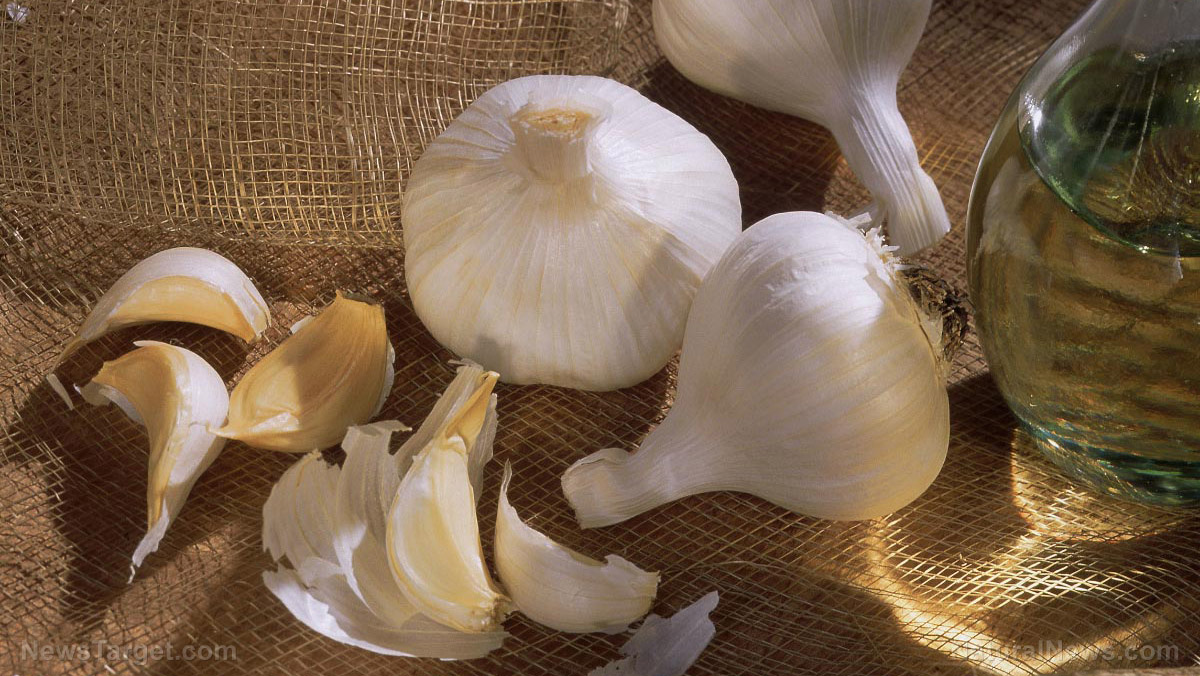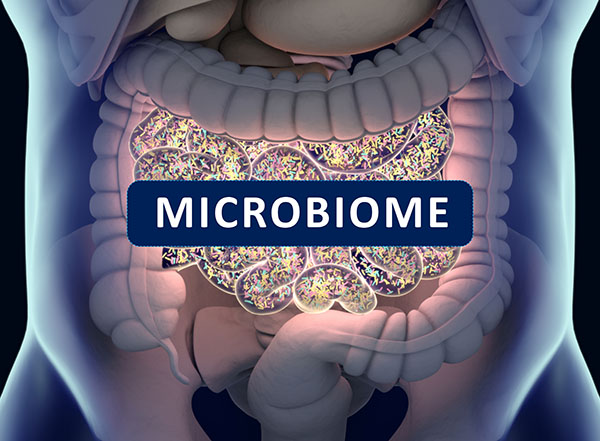
An active component of garlic can reduce tissue damage caused by reperfusion
The researchers were interested in finding out if post-conditioning with garlicin can affect adhesion molecules like CD29 and CD31. CD29 is involved in the development of cardiac fibrosis -- a consequence of chronic insult to the heart muscle (myocardium). This abnormal scarring causes the walls of the heart to stiffen, reduces its contractility, and impairs its overall function and performance. CD31, on the other hand, is a transmembrane protein expressed by endothelial cells (blood vessels) and inflammatory cells. CD31 is used as a marker to detect the presence of vascular lesions.
For their study, the researchers used a catheter-based porcine model of acute myocardial infarction (AMI) for their experiments. This model consisted of 22 swine which they divided into three groups: Six were placed in the sham-operation group while eight swines each were placed in the catheter-based model and the garlicin-treated groups, respectively.
The researchers used a dilated balloon to occlude the left coronary artery of the animals in the model and garlicin groups for two hours. They followed this procedure with reperfusion (reoxygenetation) for three hours. Before reperfusion, the researchers injected the swine in the garlicin group with 1.88 mg/kg garlicin over a period of one hour. They performed real-time polymerase chain reaction (rt-PCR), immunohistochemistry, and Western blot to detect the mRNA and protein expressions of their targets, namely, CD29 and CD31, three hours after reperfusion.
Reperfusion is a procedure that is used to restore blood flow to blocked arteries. While it can be used as a therapy, reperfusion also causes additional tissue damage, especially after a period of oxygen deprivation (ischemia).
The researchers found through cell staining that swine in the garlicin group had better myocardial structures after reperfusion than the untreated groups. Garlicin also inhibited both the mRNA and protein expressions of CD29 and CD31 in the reperfusion area and the no-reflow area in treated swine. These findings suggested a possible mechanism for the cardio-protective activity exhibited by garlicin.
Based on these results, the researchers concluded that garlicin post-conditioning confers cardio-protection against myocardial ischemia-reperfusion injury in a catheter-based porcine model of AMI, possibly due to its ability to suppress the mRNA and subsequent protein expression of CD29 and CD31.
What is myocardial infarction and how do you prevent it?
Acute myocardial infarction or heart attack is a life-threatening event that is caused by blockage of a coronary artery. Coronary arteries have the important function of supplying the myocardium with oxygenated blood. When this supply is cut off -- usually due to blood clots or cholesterol build-up -- the myocardium suffers from oxygen deprivation and dies (infarction). Depending on its severity, a heart attack can cause minor but permanent damage to the heart or severe heart injury, which can lead to death. (Related: Omega-3 fatty acids naturally protect cardiac tissue after a heart attack.)
Heart attack prevention
There are several steps that people can take to prevent heart attack. These steps can be useful even to people who have already experienced a heart attack. Quitting smoking and avoiding secondhand smoke is a good way to start. Not only does quitting smoking reduce a person's risk of heart attack, it also helps improve lung and heart health.
Exercising twice or thrice a week also helps keep the heart healthy. For those who are no stranger to heart attack, make sure to consult your health care provider before adopting an exercise plan to ensure your safety.
Adopting a heart-healthy diet is also an effective way of keeping heart disease at bay. Cutting down on foods rich in sugar, cholesterol, and trans and saturated fats will ensure that your blood vessels remain free of any build-ups. To keep your heart healthy and prevent heart disease, opt for whole grains, vegetables, fruits, and lean protein. These foods can also help you maintain normal blood pressure, blood sugar, and blood cholesterol levels.
Sources include:
Please contact us for more information.























